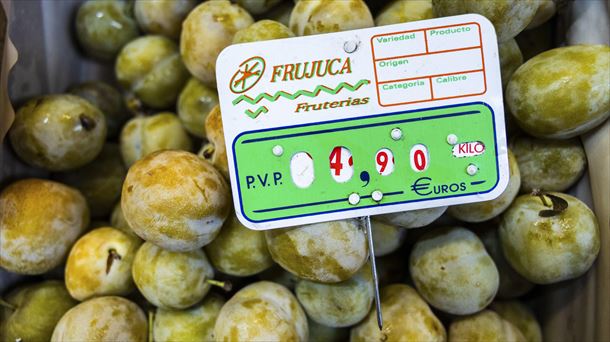The gardening year has barely started when they crawl out of their hiding places and attack vulnerable plants. But there are some measures you can take to banish hungry slugs from your garden.
The mild winter and regular rainfall have meant that the beds are now infested with masses of snails. Neither flowers nor vegetable plants are safe from the hungry mouths of slimy crawlers. The simplest solution for many hobby gardeners is to use slug pellets. It is easy to spread and the animal population is under control.
However, this seemingly quick solution comes with numerous disadvantages. Slug pellets are a poison; if other animals consume it, they will die too. And this means that important helpers in the fight against the snail plague are eliminated. For example, the Roman snail attacks the group of slugs and the tiger snail attacks the slugs when defending its territory.
But the eggs and the slugs themselves are also on the menu of slow worms, hedgehogs, toads and birds. In a naturally landscaped garden there is a balance between pests and beneficial insects.
Another way to keep hungry mouths away from lettuce etc. are so-called “sacrificial plants”. For example, marigolds or marigolds can ‘distract’ the snails and slugs from the lettuce plants. Gardeners follow a different strategy by planting abran or cranesbill next to curry herb, rosemary or thyme: these plants deter slugs.
Mechanical combat
The infestation can also be contained with special snail fences placed around the beds. Nevertheless, the fence must be checked again and again, because there may still be claws within the fence from which the offspring can emerge.
If you want to banish the slimy pests from your garden in the long term, you should go on regular “snail patrols.” The animals mainly come out at dusk and during or after rain and must be taken care of. “You should also look under bushes or shady shelters, because that is where the snails like to hide,” reports a diligent “snail collector”, who is satisfied with his first successes after two years of effective collecting.
Wooden planks serve as shelter for the animals – and as a trap for collectors. Just turn the planks regularly and collect the animals. “It’s a lot of work, but this year for the first time I have noticeably fewer snails in the garden.”
More home remedies
Coffee grounds, sawdust or sand around the plants can also deter the animals. However, these products must be applied regularly, because rain, for example, washes them away.
Source: Krone
I am Wallace Jones, an experienced journalist. I specialize in writing for the world section of Today Times Live. With over a decade of experience, I have developed an eye for detail when it comes to reporting on local and global stories. My passion lies in uncovering the truth through my investigative skills and creating thought-provoking content that resonates with readers worldwide.



